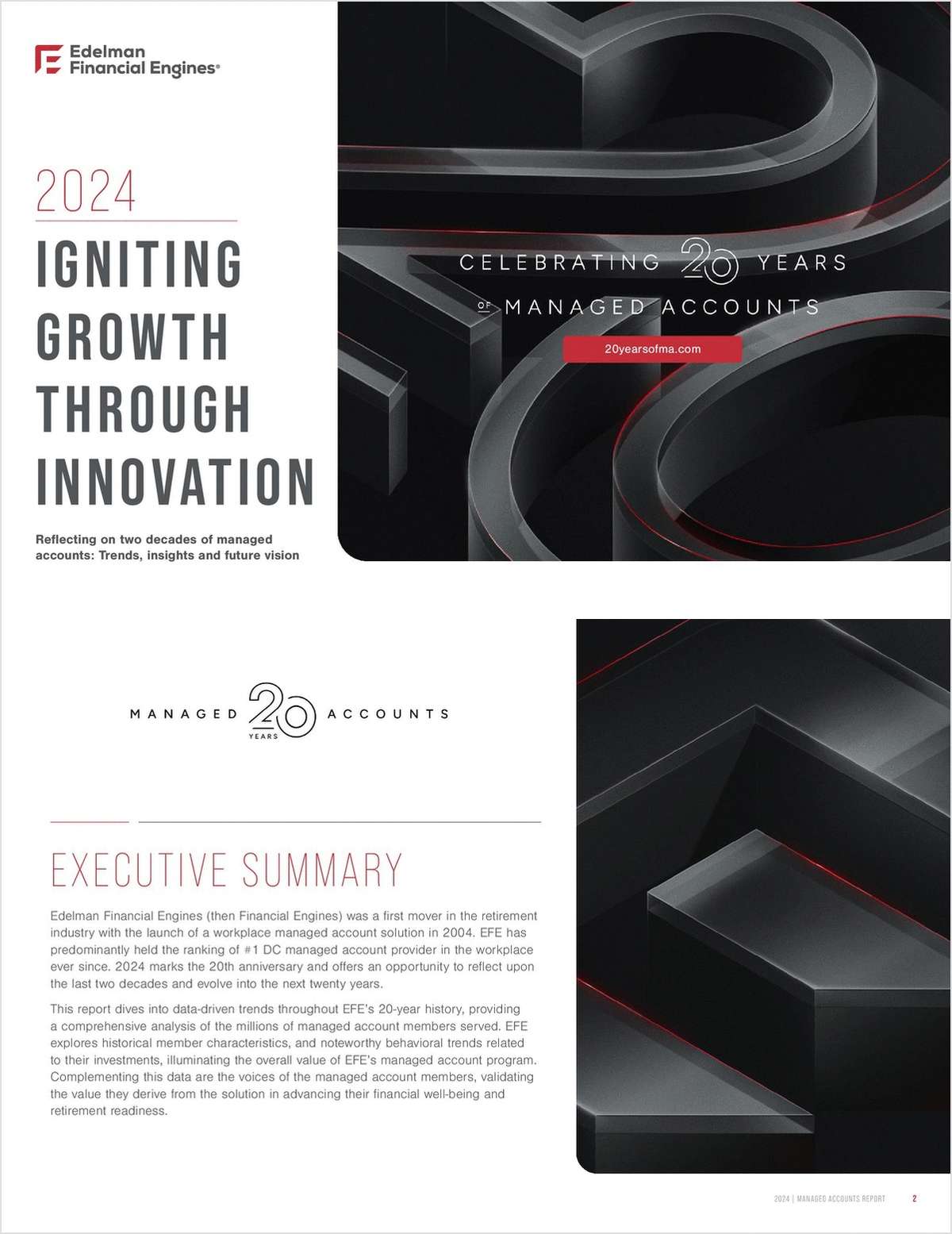Since the economic fallout of 2008, more employees have been picking up extra work since departments have been slashed; however, many of these employees are often left untrained for their new tasks, says Sharon Sellers, president of SLS Consulting in Summerville, S.C. Given the economic climate, many employers have been finding ways to cut costs, and training programs have been subjected to the reductions.
"At a time when employees needed to be trained the most, they weren't being trained because of the cost," Sellers says. "When we see economic downturns, the two things that go first are research and development and training, but, in my opinion, training is the one you're really going to need."
Though training programs can be costly, they can reduce an employer's bottom line, Sellers says. With better trained employees, productivity and competitiveness improve; thus, training could be viewed as an investment.
Continue Reading for Free
Register and gain access to:
- Breaking benefits news and analysis, on-site and via our newsletters and custom alerts
- Educational webcasts, white papers, and ebooks from industry thought leaders
- Critical converage of the property casualty insurance and financial advisory markets on our other ALM sites, PropertyCasualty360 and ThinkAdvisor
Already have an account? Sign In Now
© 2024 ALM Global, LLC, All Rights Reserved. Request academic re-use from www.copyright.com. All other uses, submit a request to [email protected]. For more information visit Asset & Logo Licensing.








